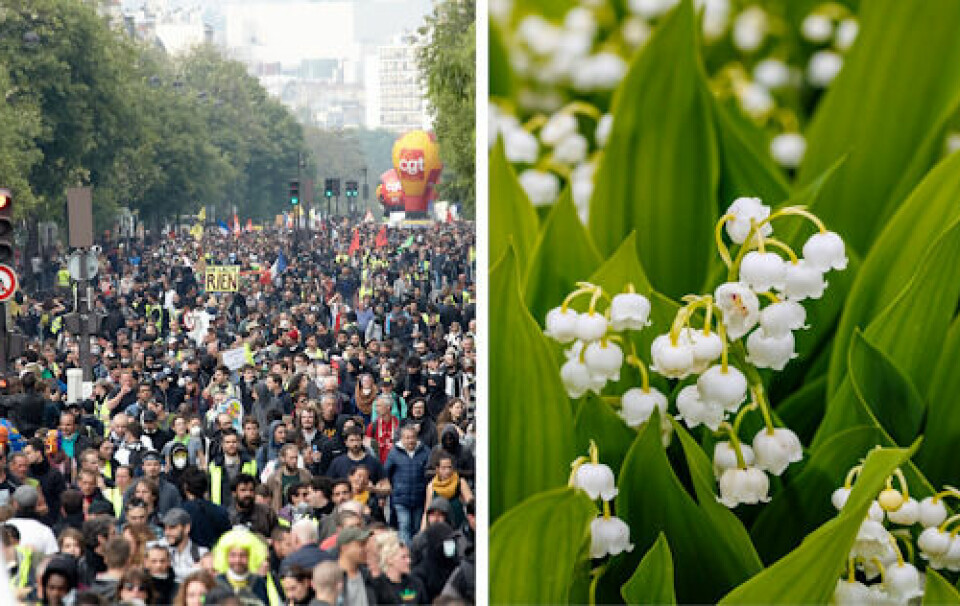-
Exemption from fees to register electric car to end across most of France from May
Applying for a carte grise will soon become more expensive
-
France’s wild garlic season is here – but foragers should beware toxic lookalikes
Spring brings the fragrant plant to woodlands nationwide. We explain what to look out for
-
Boost for people doing home renovations in Dordogne
The plan aims to connect citizens with local public renovation services to modernise old housing stock
The Loire valley has France’s greenest cities
Tours, Nantes and Angers triumphed in honours given out by Observatoire des Villes Vertes

Cities in the Loire valley area claimed top spots in ‘green’ rankings by the Observatoire des Villes Vertes, with Angers and Nantes leading the way in making urban spaces greener.
Judges praised their proactive policies in terms of investment in green spaces as well as their innovation in preserving biodiversity. Meanwhile Tours in Indre-et-Loire has been declared the city in France, with “the most significant amount of green space accessible to the public”.
Although cities like Poitiers (482 m² per inhabitant) and Besançon (219 m² per inhabitant) have larger amounts of green spaces in total square metres in the commune, the study found that Tours, as well as other leading cities Strasbourg and Caen, offers denser and more varied green spaces for inhabitants and visitors to enjoy, with exceptional parks and gardens such as the Colline aux Oiseaux in Caen.
The top cities also lead the way in the protection and diversification of green spaces: in Nîmes, for example, more than 5,650 ha are classified as "area of ecological fauna and floral interest". Other forms of vegetation also impressed judges: Amiens has more than 2.1 ha of green roofs to its name.
Stay informed:
Sign up to our free weekly e-newsletter
Subscribe to access all our online articles and receive our printed monthly newspaper The Connexion at your home. News analysis, features and practical help for English-speakers in France
On average, a French person living in one of the 50 largest cities in France has 48m² of green space to explore in their city but how green a city becomes is largely down to policy and budget and for many French people their councils are not spending enough.
Six out of 10 people are convinced that creating new green spaces should be the number one priority for local authorities, but the share of the municipal budget devoted to investment in new green spaces remains low. On average ‘green’ spending accounts for just 1.3% of the total budget.
Angers allocates the greatest percentage of its budget to the creation of green spaces: 3.5% of its total (excluding maintenance costs).
The 20-strong committee of experts from Observatoire des Villes Vertes, which awards the rankings, was created by two organisations coming together to promote the proliferation of plants in urban spaces: Unep, a collection of landscape companies and Hortis, an organization bringing together leaders of nature spaces in cities.
























